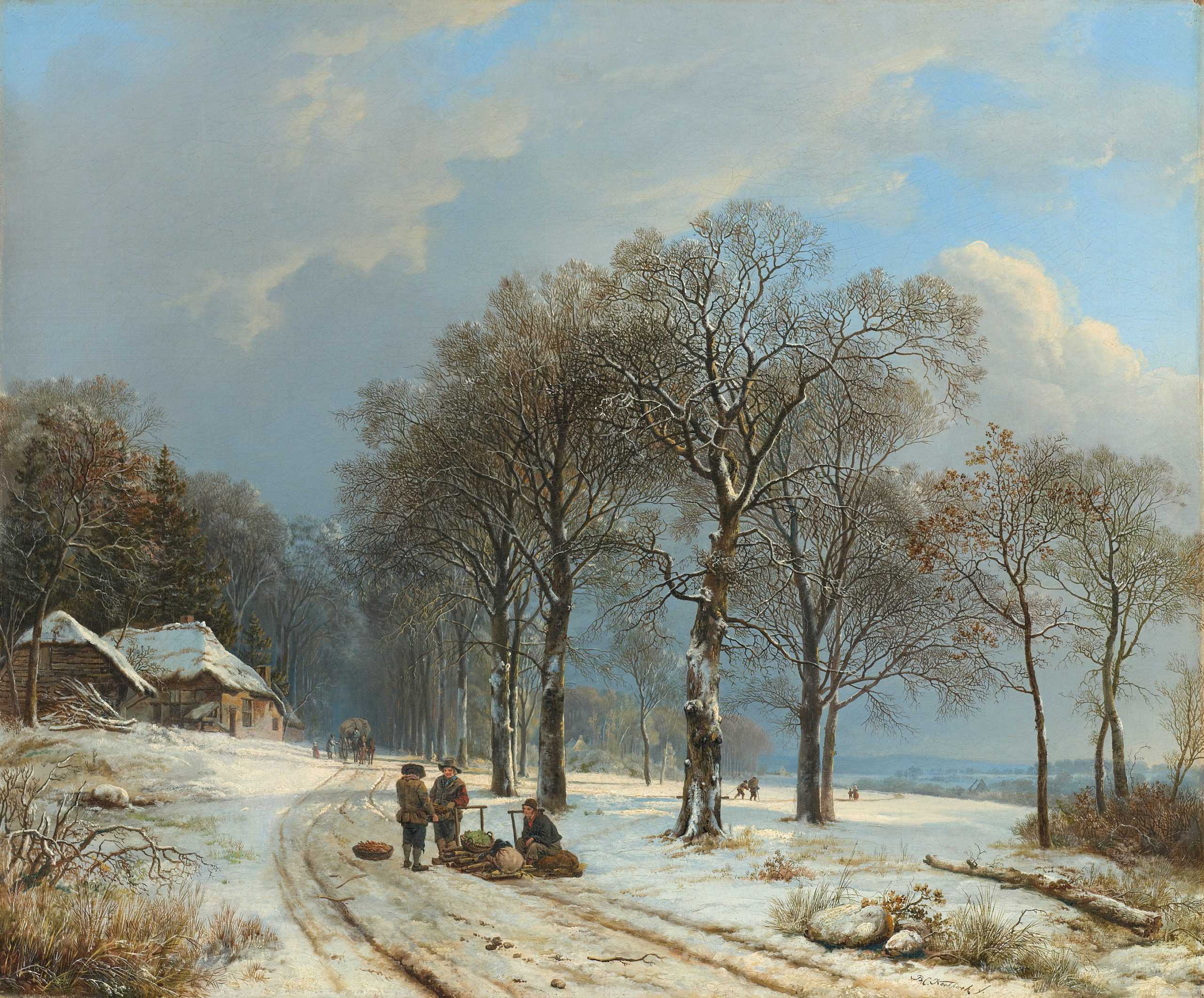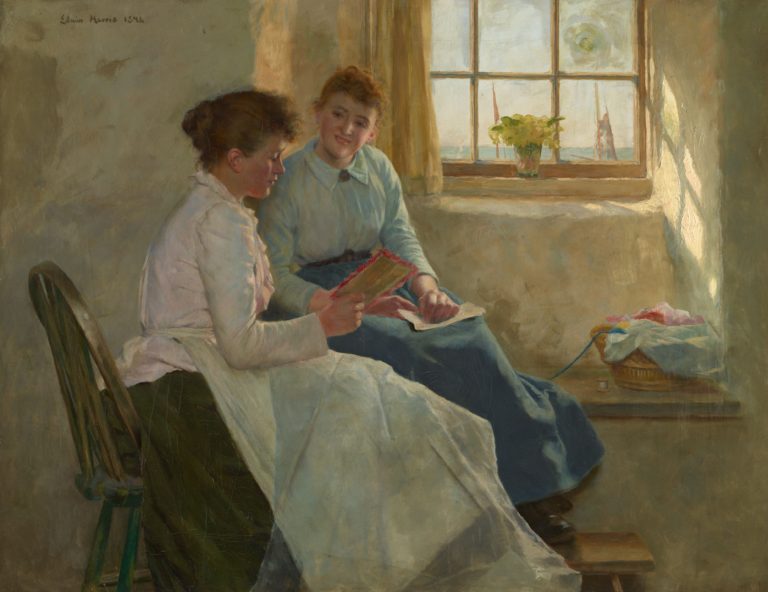Effects Of Seasonal Change On OCD
Medically Reviewed By – Juliet Gustafson, LMSW

It is well documented throughout history that seasonal changes produce negative effects on mental health disorders. These changes could be from spring to summer (rare) or from autumn to winter (common).
Such behavioral and mood changes due to seasonal reasons is known as seasonal affective disorder (SAD). SAD is a mental health disorder usually associated with depression and is Comorbidly linked with OCD. It goes without saying that seasonal change has an immense impact on OCD (Seasonal change OCD).
This post is all about The Effects Of Seasonal Change On OCD
What is Seasonal Affective Disorder
SAD is a form of depression that is brought on by a shift of seasons, often as fall arrives. Prior to fading in the warmer spring days, this seasonal depression peaks in the late fall or early winter.
Additionally, you might experience the “winter blues,” a mild form of SAD. During the winter months, it’s common to feel Unmotivated and lack energy. Simply because It becomes dark early, and you can be trapped inside.
According to The Diagnostic and Statistical Manual of Mental Disorders (DSM-5), there are two distinctive requirements for depression with a seasonal pattern.
(A) depression must start and end during a particular season each year for at least two years, and (B) there must be more depressive seasons than non depressive seasons over a lifetime.
Although they can also occur in the summer, seasonal pattern disorders tend to occur more commonly in the winter in the midst of worsening symptoms.
Related Article(s) – What is Obsessive-Compulsive Disorder?
How Common is Seasonal Affective Disorder
Seasonal affective disorder is more common than you think.
In the US alone, SAD affects about 5% of individuals. Young adulthood is when it typically begins (usually between the ages of 18 and 30).
Although experts are unsure of the cause, SAD affects women more than males. SAD affects women four times more frequently than males, to be specific.
Furthermore, 10% to 20% of all Americans may experience a milder form of the “winter blues”. Most vulnerable are northern latitude residents who live farthest from the equator. For example, 9% of Alaskans and 1% of Floridians, respectively, suffer from SAD in the United States .
The winter blues affect 15% of Canadians, while SAD affects 2–6% of the population. Furthermore,SAD affects 2% of people in the UK and 20% of people in the winter.
These locations were chosen to be studied extensively as they are in regions of the world farthest away from the equator, which plays a role in Onset of SAD.
What Causes Seasonal Mood Changes
Want more on OCD? – Checkout our OCD Worksheet Page
Biological Changes
Your biological clock adjusts as the amount of sunshine decreases. This internal clock controls your hormones, emotions, and sleep.
You can’t adjust to variations in the length of the day as it moves because you are out of sync with your regular daily routine.
Low Serotonin Levels
Unbalanced levels of neurotransmitters, which communicate between neurons, exist in the brain. Serotonin is one of these molecules, and it helps people feel happy. If you are susceptible to SAD, your serotonin levels may already be low.
A lack of sunlight in the winter might exacerbate the problem since sunlight helps regulate serotonin. Major Depressive Disorder including various depressive symptoms may result from a further decline in serotonin levels.
Vitamin D deficiency
Vitamin D also raises your serotonin levels. Because vitamin D is produced in part by sunshine, a lack of sunlight during the winter months might cause a vitamin D shortage. The serotonin level and your mood may be impacted by that alteration.
Related Article(s) – Planning Care For A Patient With OCD
Symptoms of Seasonal mood changes
Winter seasonal pattern disorders are characterized by depressed mood and decreased energy. People with SAD can experience sadness, irritability, and frequent crying.
Furthermore these people can also feel tired and lethargic, struggle with concentration and sleep more than usual.
Some people may develop sub syndromal S-SAD, sometimes known as the “winter blues,” a milder type of SAD. Others, though, may be profoundly disabled and unable to function. Much like how OCD can disrupt everyday life.
SAD symptoms can occasionally be as severe as those of nonseasonal depression patients. Suicidal thoughts may be present, as they are with all forms of depression.
What is OCD
Obsessive Compulsive Disorder is defined by persistent and intrusive thoughts, images, and impulses (obsessions) and/or repetitive actions (compulsions-physical or mental) done to alleviate anxiety or distress caused by obsessions.
Patients usually recognize the irrational or excessive character of their thoughts and behaviors, but they have a hard time controlling their obsessions and compulsions.
Obsessions or compulsions in the setting of Obsessive Compulsive Disorder are time-consuming or produce distress or impairment in social, occupational, or other critical areas of daily life. Thus, OCD is one of the top 10 medical conditions that cause impairment and disability.
Related Article(s) – Intrusive Thoughts In OCD
How Seasonal Changes Affects OCD
Similar to other mental health diseases, OCD patients are affected greatly by seasonal variations specifically in winter. Many patients including myself, have an increase in symptoms during the winter months. Moreover, severity of the symptoms may also spike when compared prior to winter.
Seasonal variations in mental disorders in the general population of a country with a maritime climate: findings from the Netherlands mental health survey and incidence study Am
Since seasonal OCD and SAD (seasonal affective disorder) are comorbidly linked together, they share common features and symptoms that tend to overlap.
Increased feelings of sadness
Loss of interest in previously enjoyed activities
Appetite changes (either eating too much or too low)
Changes in sleep (increase or decrease)
Difficulty concentrating
Low motivation and energy
Feelings of hopelessness
OCD Obsessions
Surprisingly, obsessions were found to be at a normal rate during the winter. Moreover, obsessions occurring within this timeframe could result from overall negative emotions, stress and anxiety. These are all well known factors that may trigger obsessions regardless of seasonality.
Tryout The OCD Y-BOCS Test to help you understand your symptoms!
OCD Compulsions
Compulsions have shown to increase in both frequency and severity during this time frame (winter).
According to a recent study, Patients examined during the season in which their seasonal mood fluctuations occur exhibited similar severities to OCD, obsessions, and anxiety, but more severe depressive symptoms and compulsions than those evaluated during the months when their seasonal variations do not occur
This is an expected outcome since those with SAD are more depressed during the season in which their mood-related problems appear.
How To Cope With Seasonal mood changes

Get as much light as you can
Since the exposure to light plays a huge role in the development of seasonal mood, it is crucial to get as much light as possible. This is why seasonal change and OCD do not go well together. This also applies to various anxiety disorders including many depression symptoms.
Try to wake up early to catch the sun, plan your outdoor activities in the morning and choose to sit in rooms with windows preferably (instead of the basement for example).
You could also try to seek a form of therapy called “bright light therapy” which has yielded positive results in the past on mood and energy levels.
Exercising More Decreases OCD Symptoms
As discussed above, lower levels of serotonin is a direct result from low sunlight exposure.
Exercise is a great and natural way for your body to produce and maintain healthy serotonin levels. As serotonin increases, obsessions/compulsions will decrease and your overall mood will benefit greatly.
Related Article(s) – Three Evidence-Based Treatments For OCD
Eating Healthy Is Great For OCD
Inflammation caused by sugar and processed meals can affect the entire body, including the brain, and may be a factor in mood disorders including anxiety and depression.
This is also one of the reasons you may feel sluggish and lack energy to become productive. Eating strong healthy foods also has an influence on serotonin levels within the body. You know how the saying goes “Healthy body, Healthy mind”
Keeping Busy Is Crucial
This may sound difficult at first but it really isn’t. Keeping a busy schedule might be overwhelming in the beginning but you will begin to reap the benefits sooner rather than later.
First of all, the busier you are the less time you have on your hands to ruminate on obsessive thoughts or act on compulsions. Furthermore, you start developing life skills, new personality traits and be useful for once (i know).
Seek Treatment
If you’ve made the above lifestyle changes and are still having a hard time coping with symptoms of OCD, anxiety, or depression, it may be time to seek out therapy and or medication such as selective serotonin reuptake inhibitors.
Effects Of Seasonal Change On OCD
In conclusion, seasonal changes can have an impact on Obsessive-Compulsive Disorder (OCD) symptoms, although the specific effects may vary among individuals. Some individuals with OCD may experience fluctuations in symptom severity during different seasons, particularly in relation to changes in light exposure, temperature, and daily routines.
For individuals with OCD, seasonal affective disorder (SAD), a type of depression associated with changes in seasons, can potentially influence OCD symptoms.
The reduced exposure to natural light during winter months, for example, may contribute to feelings of low mood and increased anxiety, which can in turn affect the intensity of OCD symptoms.
Additionally, disruptions to regular routines and activities that can occur during seasonal changes may trigger or exacerbate OCD-related distress and compulsive behaviors.
Conclusion on Seasonal Change
It is crucial for individuals with OCD to be aware of these potential effects and to develop strategies to manage their symptoms throughout the year.
This may involve maintaining consistent treatment plans, engaging in self-care practices, and working closely with mental health professionals to adapt treatment strategies as needed.
Ultimately, while seasonal variation can influence OCD symptoms, it is essential to approach treatment and symptom management holistically, addressing the underlying anxiety and obsessions that drive OCD, regardless of the time of year.
Light therapy improved both SAD and OCD symptoms in patients suffering from both disorders. Light therapy can be done at home with the purchase of your own light or in a doctor’s office that specializes in this type of therapy
By understanding the potential effects of seasonal OCD and implementing appropriate coping strategies, individuals with OCD can work towards managing their symptoms effectively and maintaining their overall well-being throughout the year.
This post was all about The Effects Of Seasonal Change On OCD





